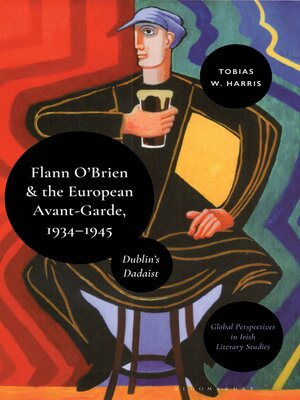Flann O'Brien and the European Avant-Garde, 1934–45
ebook ∣ Dublin's Dadaist · Global Perspectives in Irish Literary Studies
By Tobias William Harris

Sign up to save your library
With an OverDrive account, you can save your favorite libraries for at-a-glance information about availability. Find out more about OverDrive accounts.
Find this title in Libby, the library reading app by OverDrive.



Search for a digital library with this title
Title found at these libraries:
| Library Name | Distance |
|---|---|
| Loading... |
Crossing the boundaries of a single-author study, this book uncovers Flann O'Brien's attempt to forge a commercially successful Irish literary project from international avant-garde influences.
Situating O'Brien's early work within a global context, the book uses new evidence of his collaborations to reimagine him as a networked writer. O'Brien drew upon experimental techniques to generate new categories of writing, rethink Irish culture and reach a wide audience. This study illuminates a network of cultural production around O'Brien, linking his work to English comic magazines, Dadaist photomontage, Expressionism, Central European theatre, and renowned writers like Jorge Luis Borges and Franz Kafka.
By re-examining Flann O'Brien within the context of the momentous global political and cultural crises that spurred avant-garde experimentation, the book also rewrites the cultural history of Ireland in the 1930s and 1940s.
Situating O'Brien's early work within a global context, the book uses new evidence of his collaborations to reimagine him as a networked writer. O'Brien drew upon experimental techniques to generate new categories of writing, rethink Irish culture and reach a wide audience. This study illuminates a network of cultural production around O'Brien, linking his work to English comic magazines, Dadaist photomontage, Expressionism, Central European theatre, and renowned writers like Jorge Luis Borges and Franz Kafka.
By re-examining Flann O'Brien within the context of the momentous global political and cultural crises that spurred avant-garde experimentation, the book also rewrites the cultural history of Ireland in the 1930s and 1940s.







